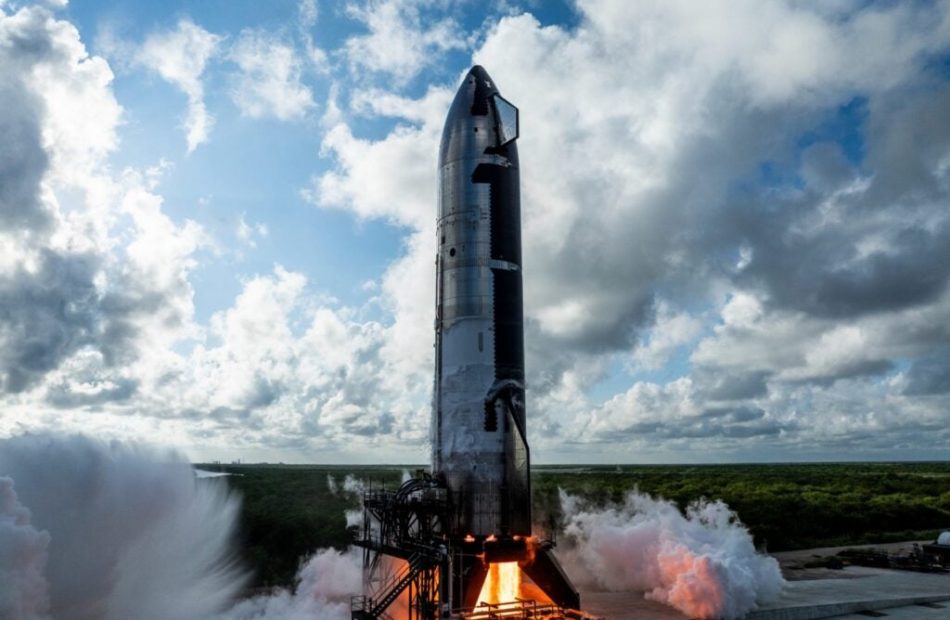SpaceX CEO Elon Musk Explains How Starship's Engine Design Prevents Chain Failures Unlike Soviet N1 Rocket
The Starship‘s many engines are isolated from each other, preventing the risk of one engine failure causing failure of all as in the case of the Soviet Union’s N1 rocket, SpaceX CEO Elon Musk said on Thursday.
What Happened: “If engine failures are isolated from each other and the primary airframe, then more engines *increases* reliability,” Musk said in a post on social media platform X. “The problem with N-1 was that a failure of any engine caused failure of all.”
The Starship has often been compared to the Soviet N1 rocket owing to its large number of engines. Musk himself has admitted that the N1 is the closest comparable rocket to Starship. However, the Starship has 33 engines on its Super Heavy booster, even more than the 30 engines on the Soviet N1’s first stage.
About N1: N1 was aimed at enabling crewed travel to the moon. However, all four attempts to launch failed and the program was suspended in 1974.
The Soviets carried out a clandestine launch of the N1 on July 3, 1969, which ended up in a colossal explosion. This effectively knocked out the Soviet Union from the Moon race just days before U.S. astronauts walked on the surface of the moon.
About Starship: Starship is SpaceX’s most ambitious launch vehicle aimed at taking humans back to the Moon and Earth’s neighboring planet Mars.
The company has conducted six test flights of the vehicle thus far but without a payload. The last flight test took place earlier this week and NASA is looking forward to taking humans back to the surface of the Moon after a gap of over 50 years with the help of a custom version of Starship.
Check out more of Benzinga’s Future Of Mobility coverage by following this link.
Read Next:
Photo courtesy: SpaceX
Market News and Data brought to you by Benzinga APIs
© 2024 Benzinga.com. Benzinga does not provide investment advice. All rights reserved.


Leave a Reply